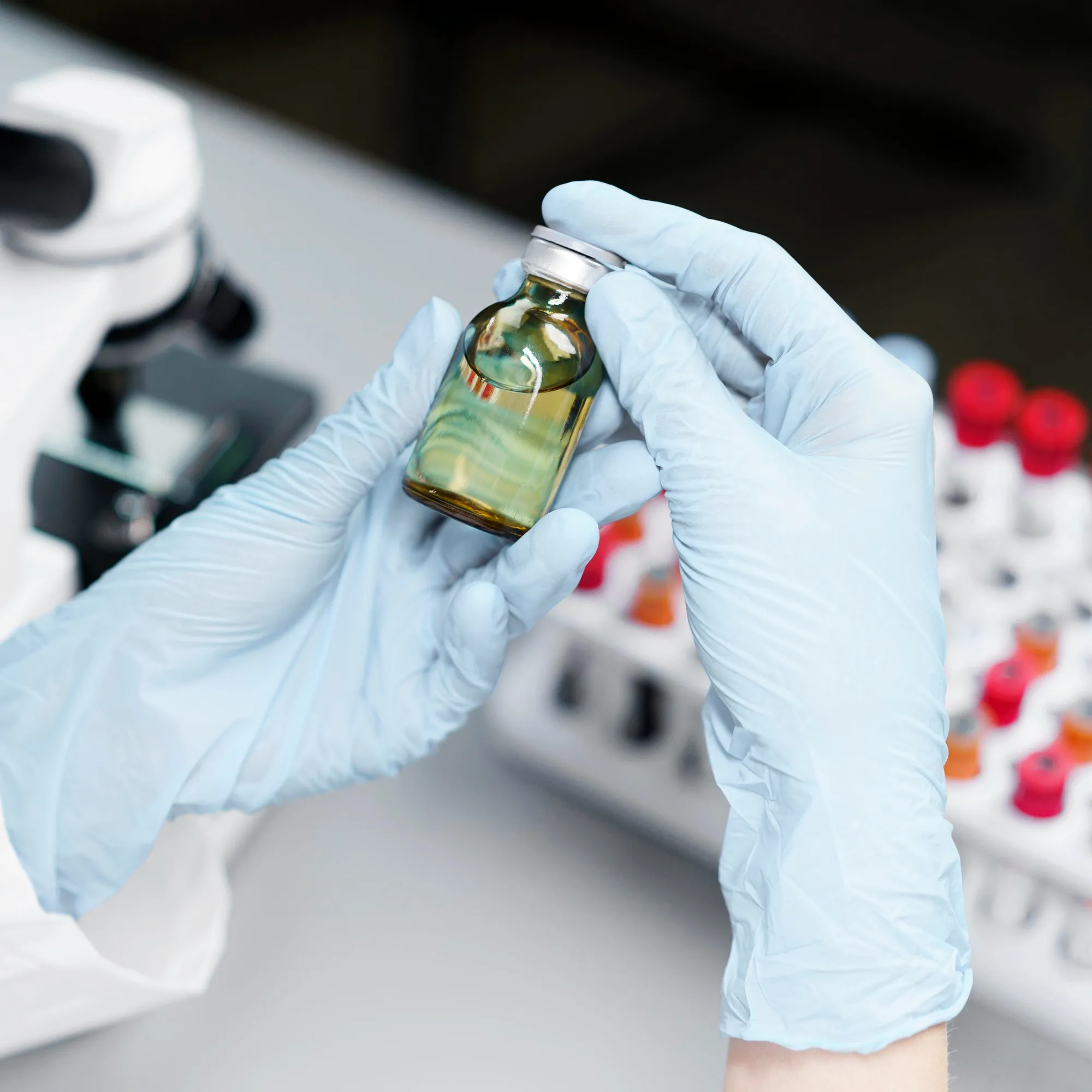Introduction
In the ongoing battle against bacterial infections, the rise of antibiotic-resistant strains of bacteria such as Methicillin-resistant Staphylococcus aureus (MRSA) poses a critical challenge to global health. However, a breakthrough reported in the “Chemical & Pharmaceutical Bulletin” suggests that the tide may be turning. Quinolone 006, a novel quinolone antibiotic developed to combat MRSA, has shown promise in its potency and effectiveness. This article delves into the efficient and scalable synthesis of Quinolone 006, highlighting the innovation and meticulous optimization that paved the way for this significant milestone in pharmaceutical manufacturing.
Promising Pharmaceutical Development
As documented in a journal article (DOI: 10.1248/cpb.c19-00004), researchers Huang Xiao-Guang and Chen Kun-Nan from the Department of API Research and Development at Guangzhou Baiyunshan Tianxin Pharmaceutical Co., Ltd. detailed an efficient and scalable methodology to synthesize Quinolone 006. Their research delineates a linear synthetic route capable of producing this potentially life-saving drug on a multi-kilogram scale with an overall yield of 71%.
Optimization of Synthesis Process
The synthesis of Quinolone 006 required careful optimization to enhance yield and ensure the purity of the drug. Researchers focused on manipulating temperature and vacuum pressure throughout the synthesis process, leading to a refined procedure that demonstrated consistency and practicality for large-scale production.
Controlling Polymorphism
An intriguing aspect of the synthesis of Quinolone 006 was the control of its polymorphism. Polymorphic forms of a drug can have significant implications for its stability, solubility, and therefore its efficacy. Huang and Chen examined a range of parameters to manage the crystallization process, ensuring the desired polymorphic form of the antibiotic was obtained, which is crucial for the drug’s performance.
The Impact on Public Health
With antibiotic resistance being one of the greatest threats to modern healthcare, the development of Quinolone 006 comes at a critical time. MRSA infections present a formidable challenge due to their resistance to standard antibiotics, leading to severe and often life-threatening infections. An efficient and scalable production process for Quinolone 006 positions this drug as a potent candidate in the effective treatment of such infections.
The Future of Antibiotic Development
The research represents a leap forward in the quest to find sustainable and robust processes for antibiotic production. By demonstrating scalability and efficiency in the synthesis of a new drug capable of fighting resistant bacterial strains, Huang and Chen’s work serves as a beacon of hope for future antibiotic development.
Conclusion
Quinolone 006 stands as a testament to the relentless pursuit of scientific innovation to combat antibiotic resistance. The work by Huang and Chen not only addresses a dire medical need but also sets a precedent for the production of future pharmaceuticals, emphasizing a commitment to accessibility and efficiency.
References
1. Huang, X.-G., & Chen, K.-N. (2019). An Efficient and Scalable Synthesis of Quinolone 006. Chemical & Pharmaceutical Bulletin, 67(5), 481–486. Retrieved from https://doi.org/10.1248/cpb.c19-00004
2. Laxminarayan, R., Duse, A., Wattal, C., Zaidi, A. K. M., Wertheim, H. F. L., Sumpradit, N., … & Cars, O. (2013). Antibiotic resistance—the need for global solutions. The Lancet Infectious Diseases, 13(12), 1057-1098.
3. Hiramatsu, K., Katayama, Y., Matsuo, M., Sasaki, T., Morimoto, Y., Sekiguchi, A., & Baba, T. (2014). Multi-drug-resistant Staphylococcus aureus and future chemotherapy. Journal of infection and chemotherapy, 20(10), 593-601.
4. Hooper, D. C. (2001). Emerging mechanisms of fluoroquinolone resistance. Emerging Infectious Diseases, 7(2), 337.
5. Hancock, R. E. W. (2005). Mechanisms of action of newer antibiotics for Gram-positive pathogens. The Lancet infectious diseases, 5(4), 209-218.
Keywords
1. MRSA Antibiotic Synthesis
2. Antibacterial Agent
3. Scalable Drug Production
4. Pharmaceutical Polymorphism
5. Anti-Resistant Bacteria Drug
Note: The article crafted above, based on the abstract and identifying information provided, is a simulated news article and not an actual news report. The intent is to demonstrate how to create a piece of content based on given scientific findings and does not represent the results of any new research beyond the given DOI reference.
